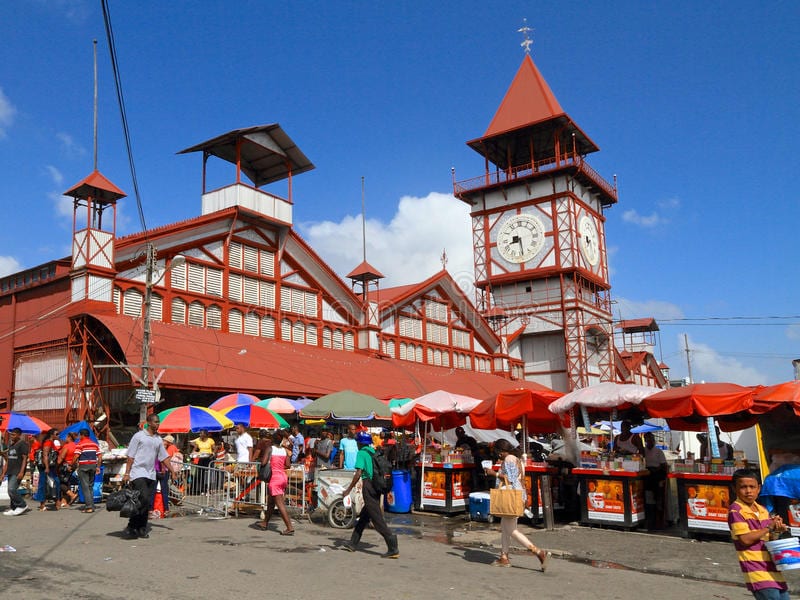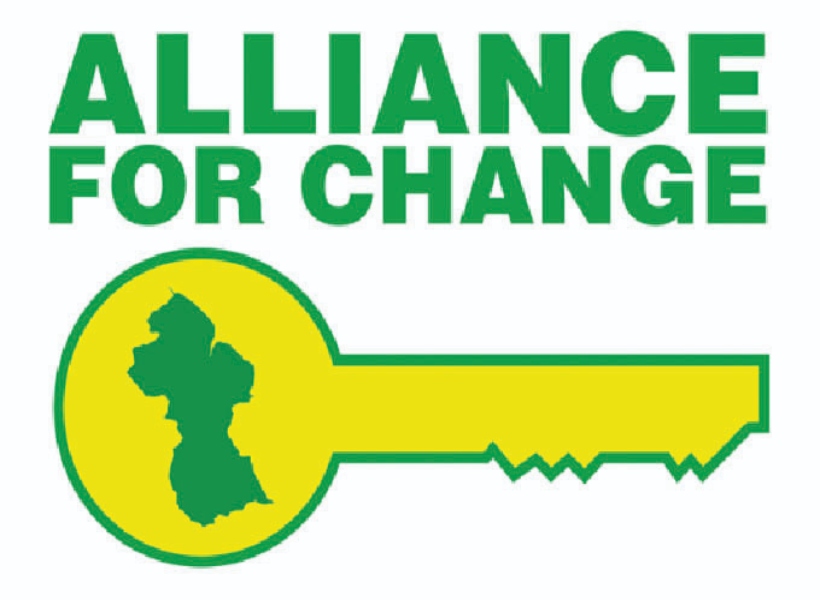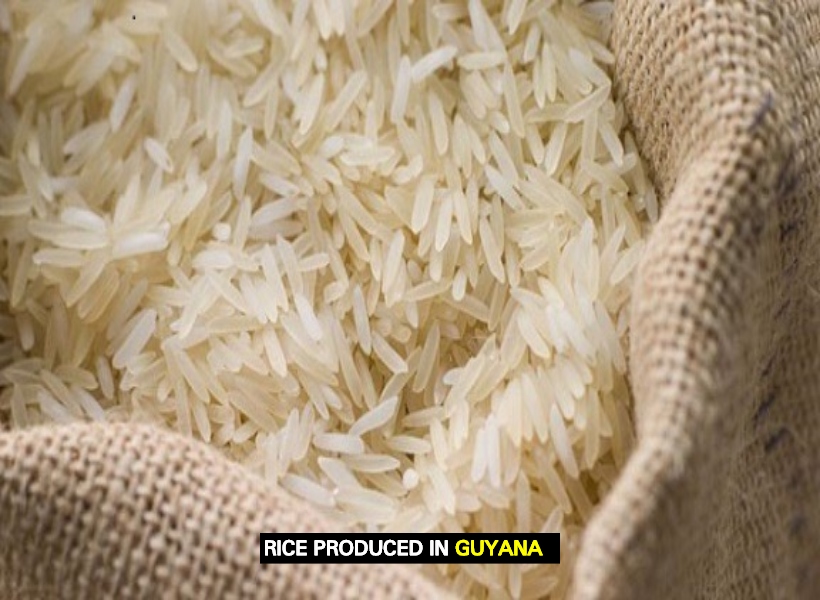The Food and Agriculture Organization (FAO) of the United Nations in Guyana warned on Friday that high food prices will remain on the markets as COVID-19 variants continue to place pressure on international trade.
For Guyana, FAO in-country Representative, Dr. Gillian Smith said the situation of the global food commodities will have mixed impacts. As an exporter, the official said, Guyana is affected by global prices it will receive for exports of rice and sugar.
She said it is, however, welcomed news that rice production is progressing well. In the cereal price index, Dr. Smith noted that rice registered a slight decline (4%) in price in 2021, compared to 2020 levels but importantly, it continues to be higher than pre-COVID-19 levels. In this case, the FAO representative said the small price decline is reported to be a result of ample global supplies and increased competition among suppliers. For its part, she said Guyana continues to have stable markets for its rice and remains the number one rice producing country in CARICOM.
As other countries, Dr. Smith said Guyana is also feeling the impact of higher prices for imported food (processed and raw materials), feedstock and farming input supplies. “…For 2022, we can likely expect that global and national food systems will continue to grapple with conditions that will impact food prices. In addition to seasonal fluctuations in production and demand, it is expected that backlog and interruptions in global shipping and logistics, uncertain labour availability, the pandemic and impacts of climate and weather events will all continue to have their effect on food prices,” the FAO official warned.
She noted that Guyana’s food system will have to continue providing safe, healthy affordable food for all, as well as to provide livelihood opportunities for farming communities.
The FAO representative said in conclusion, “It is more critical than ever to follow the comprehensive path to national food systems transformation that Guyana outlined at the United Nations Food Systems Summit which includes social protection for the most vulnerable, continuous improvement in production and food distribution efficiency to keep prices competitive; and embracing diversification of agriculture with technology and digital innovation.”











